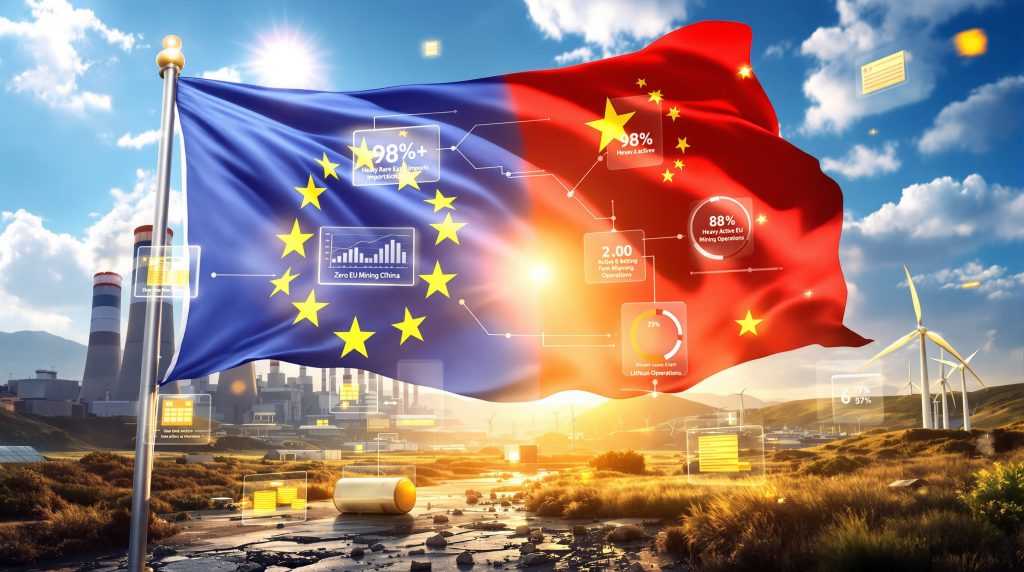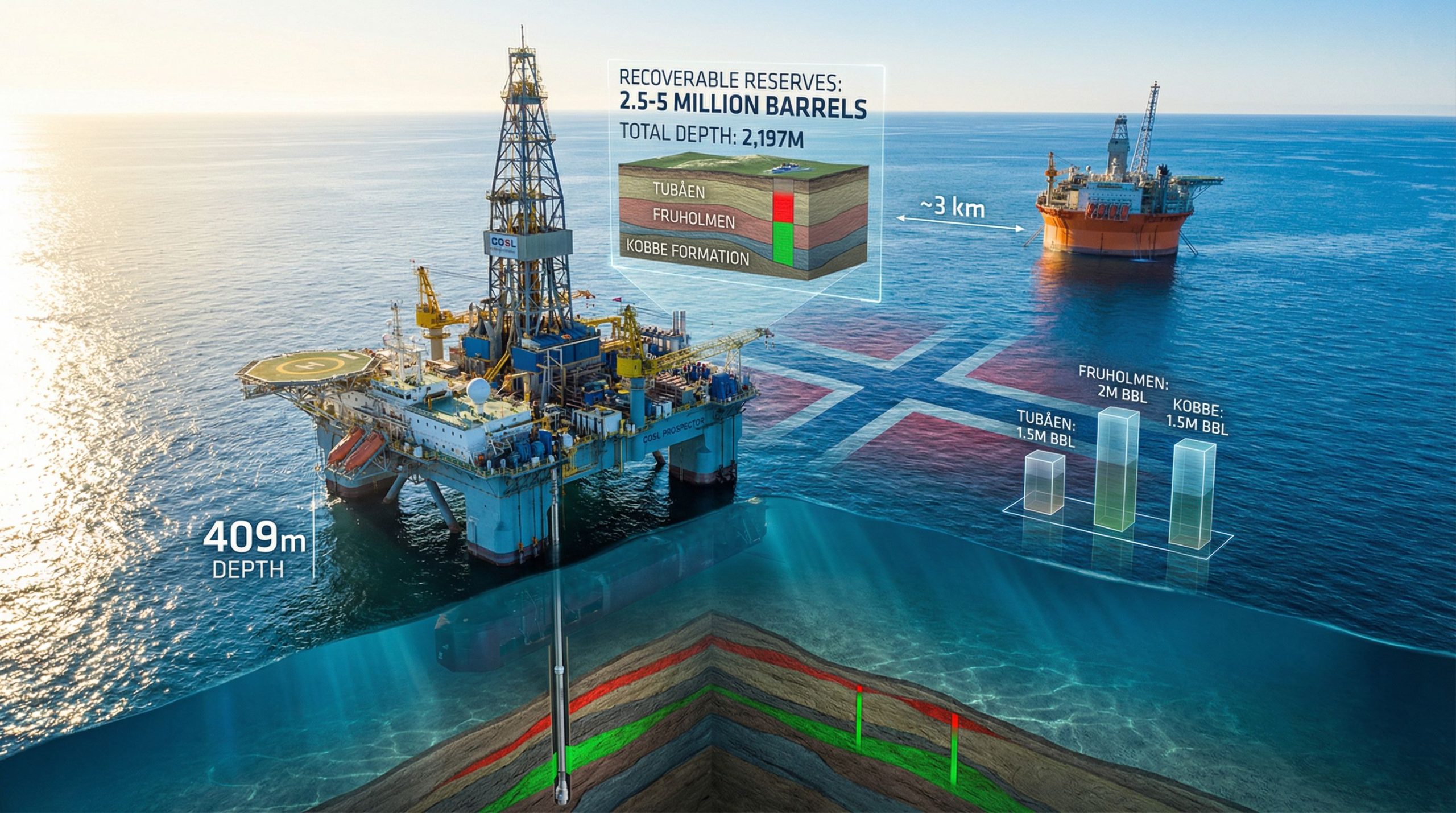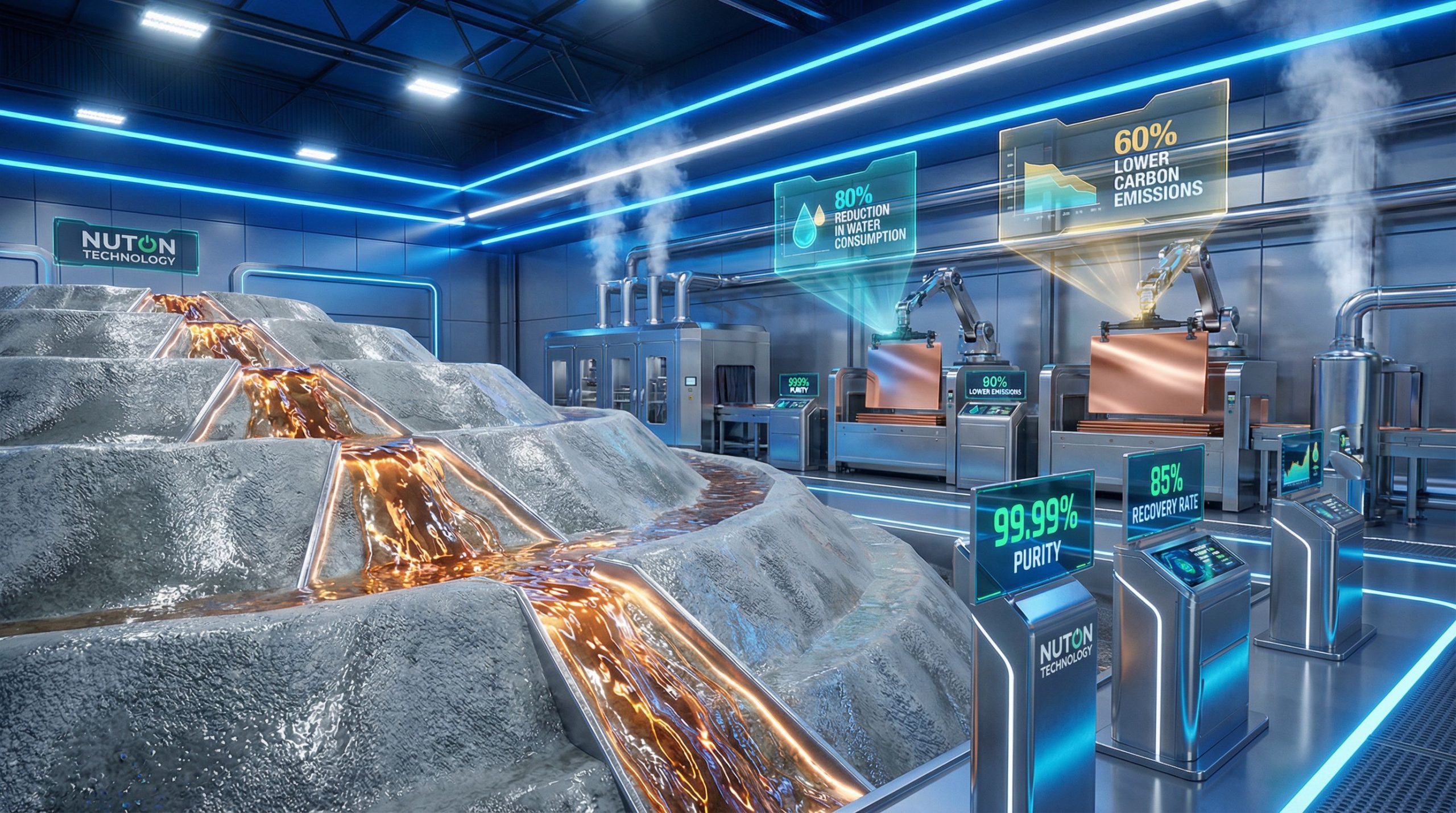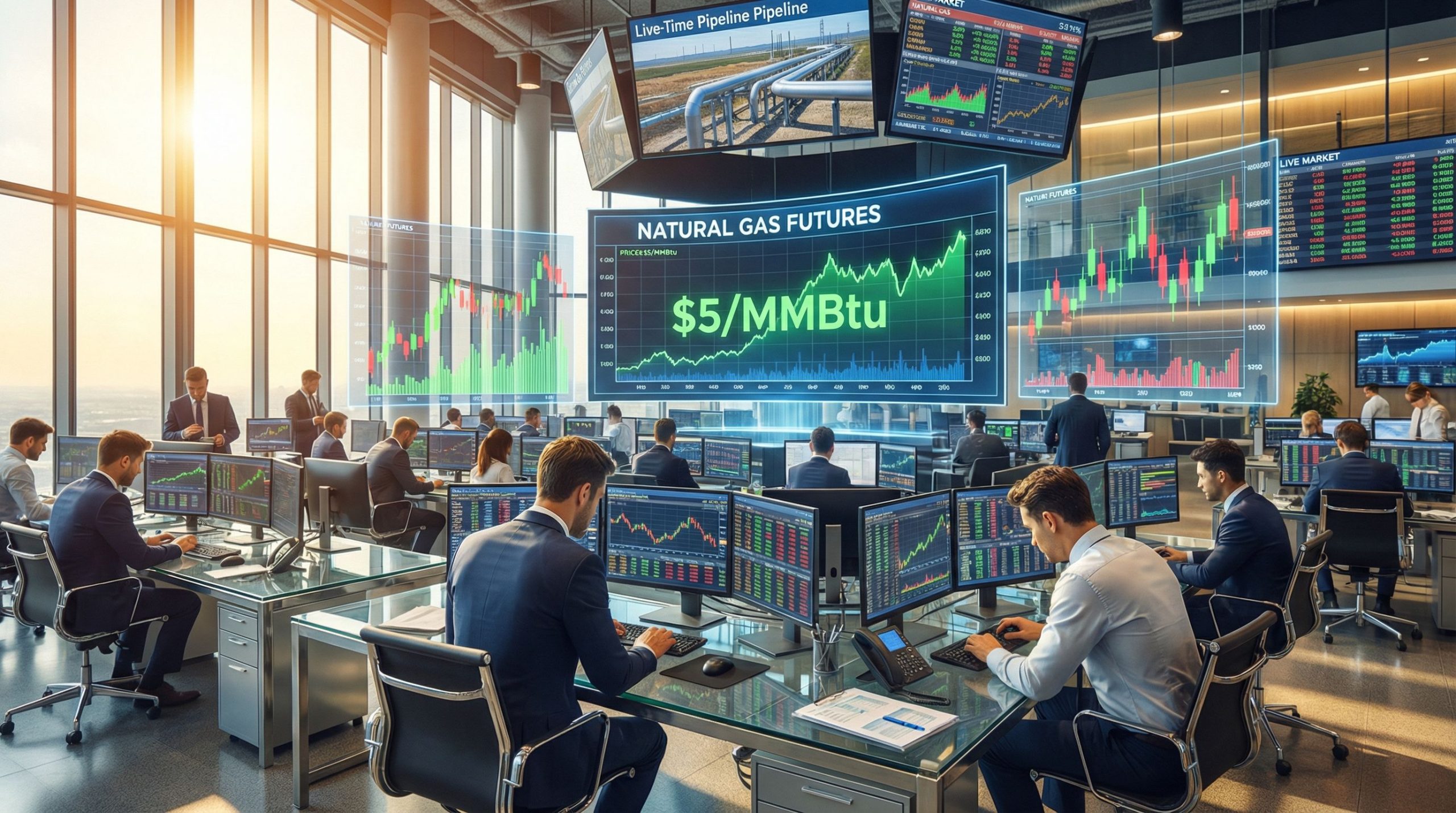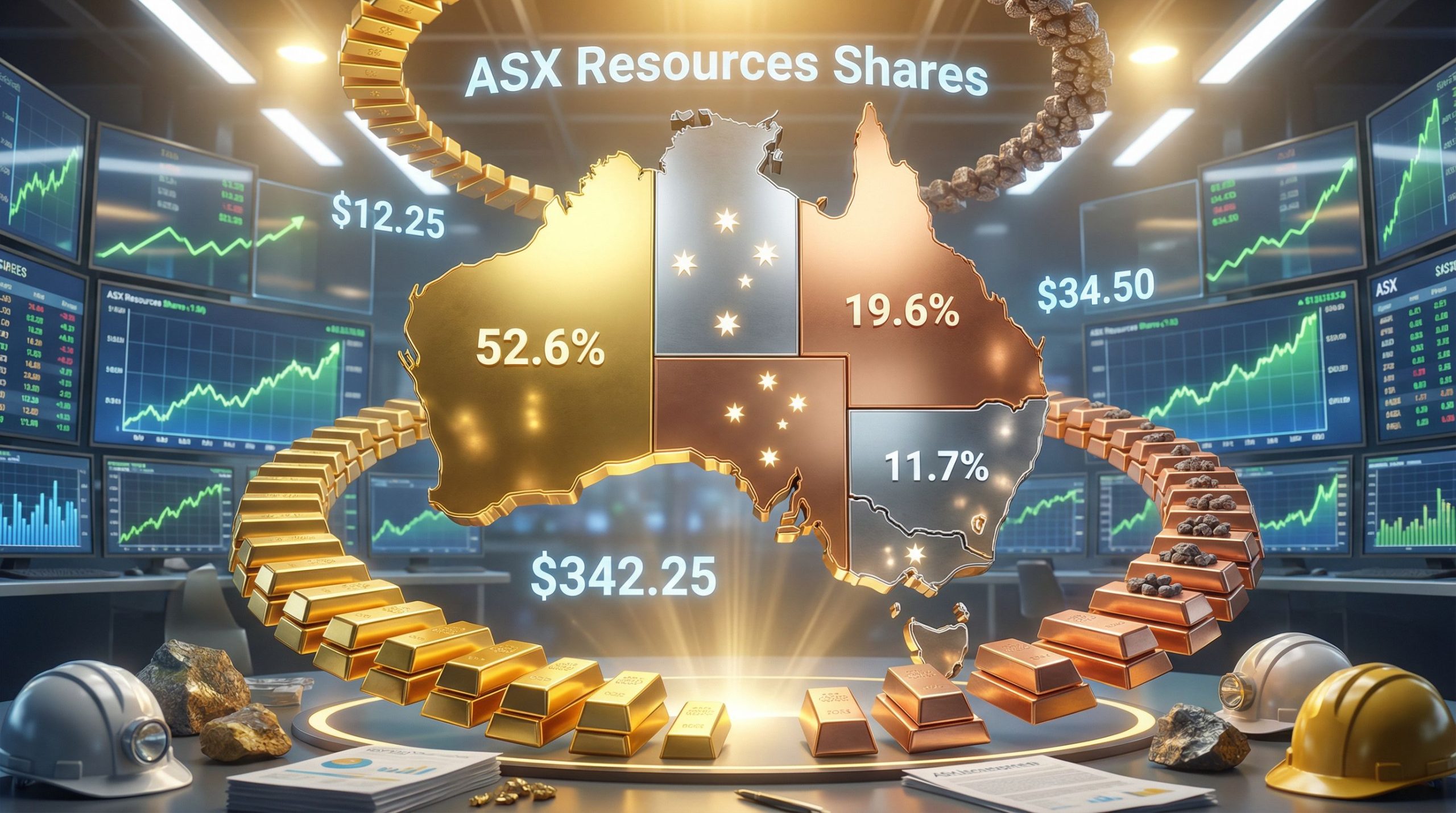The Growing Vulnerability of Europe's Critical Materials Strategy
The Europe rare earth supply chain faces unprecedented strategic vulnerabilities as dependence on Chinese sources reaches critical levels across multiple industrial sectors. With over 95% of rare earth imports originating from Chinese facilities, European manufacturers confront mounting pressure as export restrictions tighten and supply chains become increasingly weaponised in global trade disputes.
Furthermore, the continent's reliance extends far beyond raw materials, encompassing the entire value chain from mining operations to advanced processing technologies essential for permanent magnet production. This comprehensive dependency has consequently exposed European industry to significant risks as geopolitical tensions escalate and China leverages its dominant position in critical minerals & energy security markets.
China's Export Controls Transform Global Supply Dynamics
Recent Chinese export control measures implemented throughout 2024 and 2025 have fundamentally altered global rare earth supply dynamics. These restrictions extend beyond traditional raw material limitations to encompass technical assistance, processing equipment transfers, and licensing requirements that create multiple pressure points across European manufacturing sectors.
The October 2024 export controls introduced complex licensing frameworks that have disrupted established supply relationships. Moreover, European companies now navigate bureaucratic processes that can extend procurement timelines by 6 to 12 months, with approximately half of priority applications experiencing extended review periods according to industry reports.
Immediate Manufacturing Impacts
The effects of China's tightened export policies have rippled through European industry sectors:
• Automotive manufacturers report 15-20% delays in electric vehicle motor production
• Wind turbine producers face component shortages affecting generator systems
• Electronics manufacturers experience increased costs for smartphone and laptop production
• Defense contractors encounter supply constraints for advanced radar systems
These disruptions highlight the interconnected nature of modern manufacturing supply chains. In addition, rare earth elements serve as critical inputs for numerous high-technology applications essential to Europe's industrial competitiveness.
RESourceEU Initiative Responds to Supply Chain Vulnerabilities
The European Union's RESourceEU framework represents a comprehensive strategy designed to reduce Chinese dependency through strategic partnerships, domestic capacity building, and advanced recycling technologies. This initiative acknowledges that true supply chain resilience requires more than diversified sourcing; it demands fundamental restructuring of European industrial capabilities.
However, the strategy encompasses joint purchasing agreements, strategic stockpile creation, and co-financing arrangements for domestic processing facilities. European policymakers recognise that magnet supply represents the primary choke point, as the Europe rare earth supply chain imports the vast majority of rare earth permanent magnets from Chinese manufacturers.
Strategic Partnership Development
RESourceEU has established bilateral agreements with multiple resource-rich nations to create alternative supply corridors outside Chinese influence:
Primary Partnership Countries:
• Australia: Advanced mining technology and established production capacity
• Canada: Significant mineral reserves and processing expertise
• Chile: Lithium and rare earth mineral resources
• Greenland's critical minerals: Massive undeveloped rare earth deposits
• Kazakhstan and Uzbekistan: Central Asian mineral resources
• Ukraine: Strategic mineral reserves (subject to ongoing conflict resolution)
These partnerships focus on securing both raw materials access and processing technology transfers. Consequently, they aim to reduce European dependence on Chinese midstream capabilities.
The Critical Midstream Processing Gap
While securing upstream raw material sources addresses one vulnerability, Europe's most significant weakness lies in midstream processing capabilities including separation, metallisation, and magnet manufacturing. Furthermore, Chinese facilities currently dominate these technically complex operations that require specialised knowledge and substantial capital investment.
Industry analysis reveals stark capacity disparities across critical processing stages:
| Processing Stage | Chinese Global Share | European Global Share | Strategic Gap |
|---|---|---|---|
| Rare earth separation | 85% | 3% | 82% deficit |
| Metal production | 90% | 2% | 88% deficit |
| Permanent magnet manufacturing | 92% | 5% | 87% deficit |
Investment Requirements for Strategic Independence
Achieving meaningful supply chain independence requires massive infrastructure investments. Industry experts estimate that reaching 50% self-sufficiency would necessitate €15-20 billion in midstream infrastructure development over the next decade. This includes constructing specialised separation facilities, establishing metallisation plants, and developing permanent magnet manufacturing capabilities.
The technical complexity of these operations presents significant barriers. For instance, rare earth separation requires precise chemical processes, metallisation demands high-temperature furnaces and controlled atmospheres. Meanwhile, magnet production involves proprietary alloy formulations and specialised manufacturing techniques currently concentrated in Chinese facilities.
European Mining Projects and Resource Development
Europe's mineral endowment includes significant rare earth deposits, though their development faces environmental, regulatory, and economic challenges. However, several projects across the continent show promise for reducing import dependency, albeit with extended development timelines.
Scandinavian Resources Leading Development
Sweden's Kiruna region contains Europe's largest identified rare earth deposits, with mining company LKAB estimating reserves exceeding 1 million tonnes of rare earth oxides. Nevertheless, environmental assessments, infrastructure requirements, and regulatory approvals push production timelines to 2034 at the earliest.
Significant European Projects:
• Sweden (Kiruna): 1+ million tonnes REO reserves, targeting 2034 production start
• Spain (Castilla-La Mancha): Multiple small-scale operations planned for 2026-2028
• France (Brittany): Advanced recycling facility operational by 2026
• Germany (Saxony): Research-stage extraction from industrial waste streams
Greenland's Strategic Potential
Greenland represents Europe's most significant long-term opportunity, with mineral surveys indicating deposits potentially containing 25% of global rare earth reserves. However, geopolitical complexities involving Denmark, environmental protection concerns, and infrastructure requirements create substantial implementation challenges.
The island's harsh climate, remote location, and limited transportation infrastructure necessitate massive upfront investments. Additionally, environmental protection standards and indigenous rights considerations add regulatory complexity to any large-scale mining development.
Recycling Technologies and Secondary Supply Development
European recycling initiatives target recovering rare earth elements from end-of-life electronics, automotive components, and industrial equipment. Current recycling rates remain below 1% of total European consumption, presenting substantial opportunities for supply diversification through improved recovery technologies.
Advanced hydrometallurgical processes and biotechnology applications are improving rare earth recovery rates from secondary sources. Furthermore, French facilities pioneer techniques achieving 95% recovery efficiency from permanent magnet waste streams, demonstrating the technical feasibility of large-scale recycling operations and representing a potential battery recycling breakthrough.
Recycling Potential Across Industry Sectors
| Source Category | Current Recovery Rate | Technical Potential | Scale-up Timeline |
|---|---|---|---|
| Electronic waste | <1% | 15-20% | 2025-2027 |
| Automotive magnets | 2% | 25-30% | 2026-2028 |
| Wind turbine components | 5% | 35-40% | 2027-2030 |
| Industrial machinery | 3% | 20-25% | 2026-2029 |
The recycling pathway offers several advantages over traditional mining, including lower environmental impact, reduced geopolitical risk, and proximity to end-use markets. However, collection infrastructure, processing costs, and material quality considerations present ongoing challenges for large-scale implementation.
Geopolitical Implications of Supply Chain Fragmentation
The rare earth supply chain exemplifies broader geopolitical trends toward resource nationalism and regional economic blocs. This fragmentation creates both opportunities and risks for European strategic autonomy as the post-World War II multilateral trading system evolves into a more complex, regionalised structure.
The global economy increasingly revolves around national resource strategies, export controls, and raw material leverage across supply chains. Consequently, every critical mineral becomes both a commodity and a geopolitical instrument in this new paradigm of economic competition, particularly evident in US‑China trade war impacts.
Emerging Regional Alliance Structures
Trans-Atlantic Minerals Partnership: US-EU-Canada cooperation framework focusing on North American resource development
Indo-Pacific Critical Minerals Initiative: Australia-Japan-India collaboration targeting Asian market supply
Arctic Resources Consortium: Nordic countries plus Greenland developing northern mineral resources
African Minerals Development Partnership: EU-African Union strategic cooperation for resource development
These regional alliances reflect a shift from globalised supply chains toward more localised, politically aligned resource networks. The challenge for European policymakers involves balancing supply chain resilience against economic efficiency, as diversified sourcing typically increases costs by 20-35% compared to Chinese suppliers.
Investment Strategies for Supply Chain Disruption
Strategic investors increasingly target companies developing European rare earth capabilities, particularly those with advanced processing technologies or strategic resource positions. The investment landscape reflects both the opportunities and risks inherent in supply chain transformation, requiring careful consideration of investment strategy components.
High-Potential Investment Categories
Technology Developers: Companies with proprietary separation technologies or advanced recycling processes
Resource Assets: Mining companies controlling European mineral deposits
Processing Capabilities: Facilities developing midstream capacity within European borders
Strategic Partnerships: Joint ventures between European companies and allied nation producers
Successful rare earth investments require understanding both technical feasibility and geopolitical risk factors. Furthermore, projects with government backing, established strategic partnerships, and proven technologies demonstrate higher success probabilities in current market conditions.
Risk Assessment Framework
Investors must evaluate multiple risk dimensions when assessing rare earth opportunities:
• Technical Risk: Processing complexity and technology maturity
• Regulatory Risk: Environmental approvals and government support
• Market Risk: Demand stability and pricing volatility
• Geopolitical Risk: Supply disruption and trade policy changes
The dynamic nature of international relations adds complexity to investment decision-making. In addition, policy changes can rapidly alter project economics and market access conditions.
Future Outlook for European Rare Earth Independence
Industry experts project that Europe can achieve 40-50% supply chain independence by 2035, assuming sustained investment in domestic capabilities and successful partnership development. However, complete independence remains economically impractical given global cost structures and the scale advantages of existing Chinese operations.
Projected Supply Mix by 2035
Chinese sources: 50-55% (reduced but still dominant)
Allied partnerships: 25-30% (Australia, Canada, other strategic partners)
European domestic production: 15-20% (new mines and expanded recycling)
Secondary sources: 10-15% (advanced recycling and waste recovery)
This projection assumes continued technological advancement, successful project execution, and stable geopolitical conditions supporting international partnerships. Nevertheless, achieving these targets requires significant policy coordination across European Union member states.
Technology Innovation as Transformation Catalyst
Breakthrough technologies in extraction, processing, and recycling could accelerate European independence timelines significantly. For instance, artificial intelligence applications in mineral processing show particular promise for improving separation efficiency and reducing operational costs.
Biotechnology solutions for waste recovery, advanced materials science for magnet alternatives, and automation technologies for processing facilities represent key innovation areas. Consequently, these could reshape supply chain economics over the next decade.
Building Resilience Through Strategic Diversification
Europe's rare earth supply chain transformation represents one of the most complex industrial policy challenges of the 21st century. Success requires coordinated investment in domestic capabilities, strategic international partnerships, and technological innovation across the entire value chain.
The path forward demands realistic expectations about timelines and costs while maintaining commitment to long-term strategic autonomy. European resilience will emerge not through complete independence, but through diversified supply sources, advanced processing capabilities, and robust recycling systems that reduce vulnerability to single-source disruptions.
True supply chain security comes from building redundancy, developing alternative sources, and creating domestic capabilities that can respond flexibly to changing geopolitical conditions. The RESourceEU initiative provides a framework, but implementation success depends on sustained political commitment, private sector investment, and technological advancement across multiple industry sectors.
Disclaimer: This analysis is based on publicly available information and industry reports. Market conditions, political developments, and technological advances may significantly impact the Europe rare earth supply chain landscape. Investors should conduct thorough due diligence and consider multiple risk factors before making investment decisions in this rapidly evolving sector.
Considering Exposure to Critical Materials Supply Chain Opportunities?
Discovery Alert's proprietary Discovery IQ model delivers real-time alerts on significant ASX mineral discoveries, instantly empowering subscribers to identify actionable opportunities in critical materials and rare earth sectors ahead of the broader market. Begin your 30-day free trial today and secure your market-leading advantage in this rapidly evolving strategic materials landscape.
